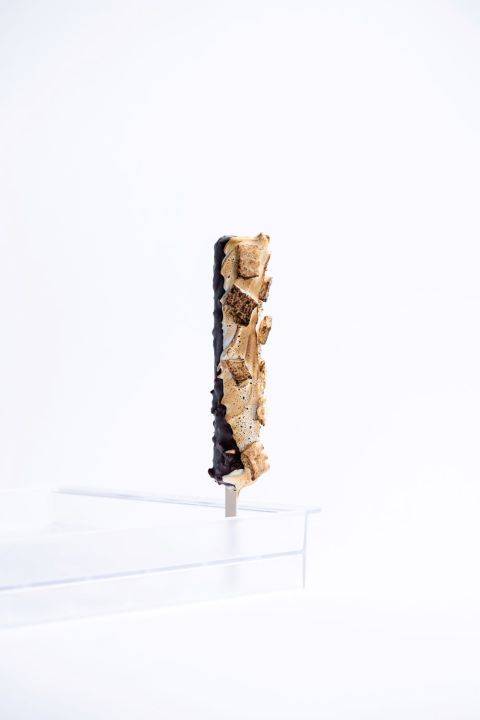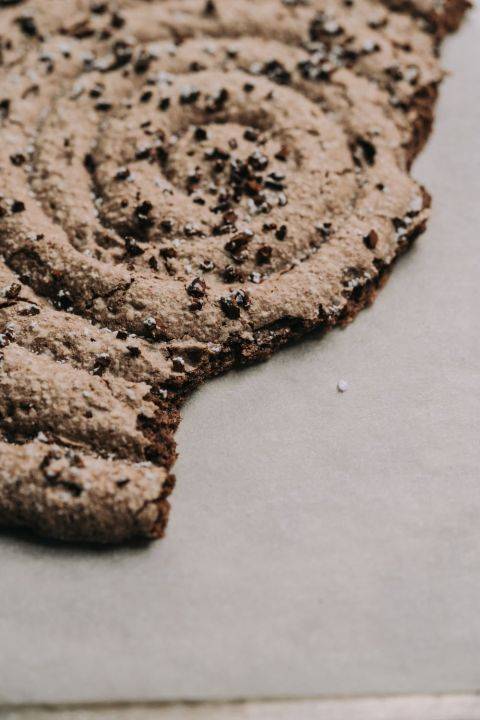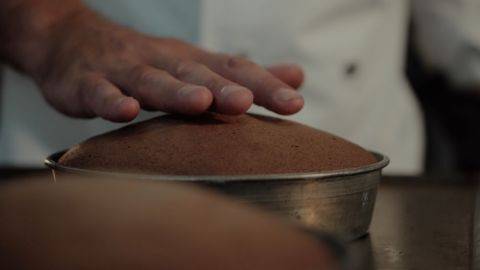Egg White Proteins, A Closer Look: Part 2
Egg White Proteins, A Closer Look: Part 2
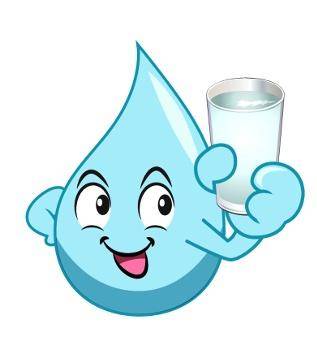
The Globular Structure of Egg White Proteins
There are two different kinds of globular molecules inside an egg white: hydrophobic ("water-fearing") and hydrophilic ("water-loving").
What happens with the denaturing process is when things start to get heated up, things start to get agitated. They begin to open up, and then all those molecules hidden away inside, hiding from the water, become visible on the surface. And that's how we start to get a different type of protein that performs differently in the recipe.
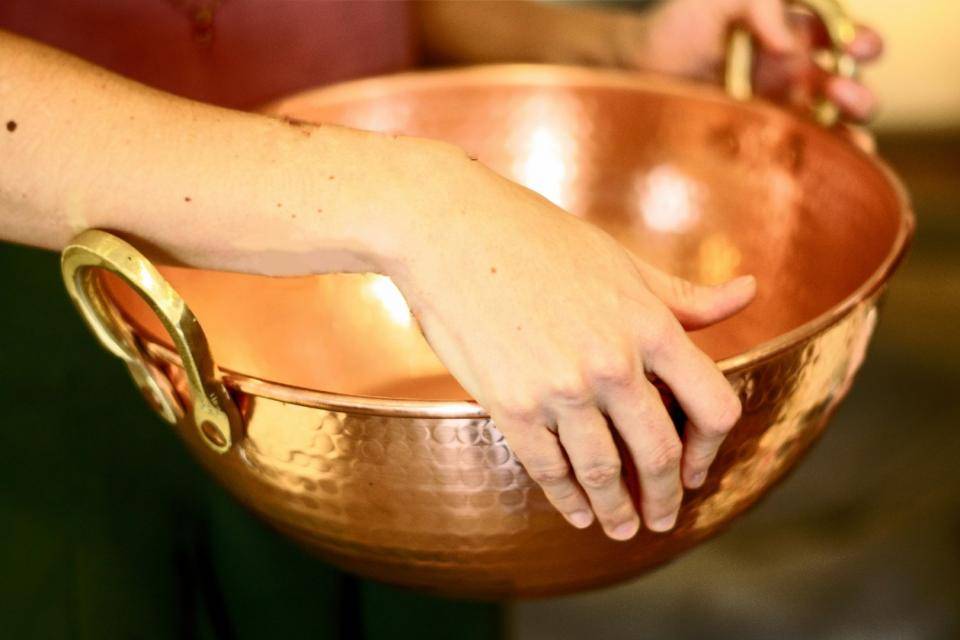
How Different Ingredients Impact Egg White Foams
Sugar: strengthens the bonds between egg white proteins. Adding sugar before a foam has formed will cause the proteins to bond before there’s enough air trapped within their structure. This is why it is added after the eggs have become foamy and opaque.
Salt: has the same effect as sugar. Why, then, do so many recipes instruct you to add salt to your egg whites before beginning the whipping process? It is possible some cooks equate salt with acid (this is not the case), or they are concerned about the salt not dissolving (solution: use fine salt).
Acid: breaks up protein bonds. This is the ingredient you want to add to egg whites before you begin whipping. It keeps them from forming bonds until enough air has whipped in. It is at this point where you’ll add sugar and lock in that airy structure. The acid will also keep the proteins from forming overly tight bonds. Cream of tartar, citric acid, vinegar, and lemon juice are all good candidates.
Copper bowls: Does this work? Yes! A couple of chemical reactions result in gloriously airy and smooth meringue. More good news: adding a small amount of acid before whipping has the same effect.
Note: do not add acid to whites you’ll whip in a copper bowl. This is too much of a good thing and can result in more copper in your meringue than is safe.
Ingredients to avoid: egg yolk, fats and oils, detergent



